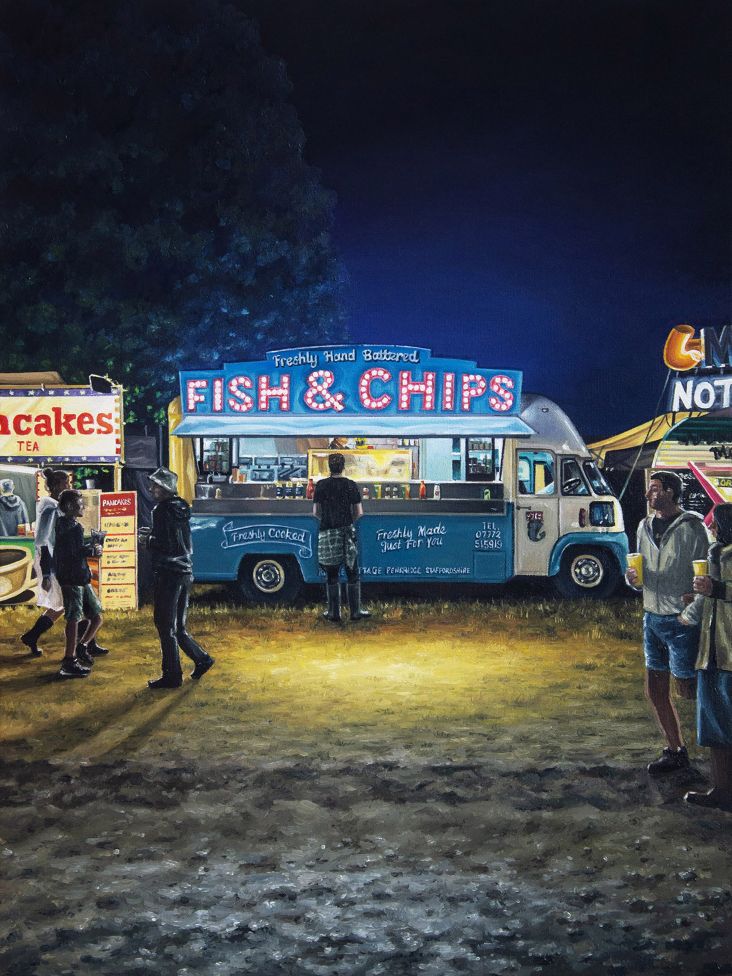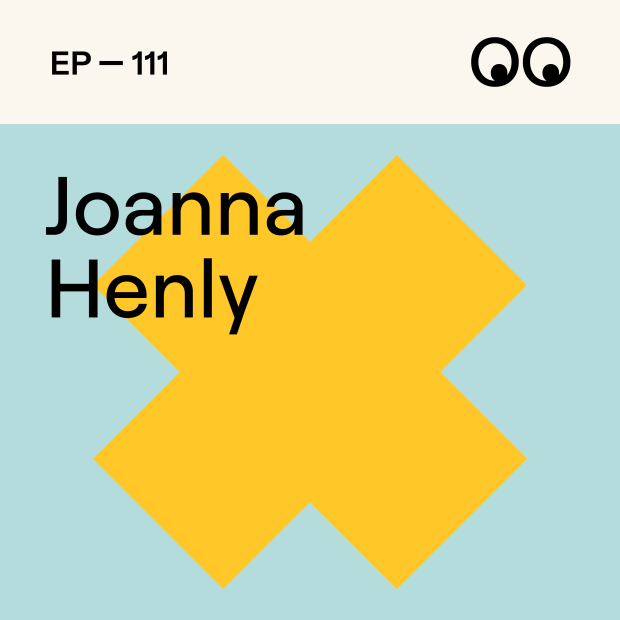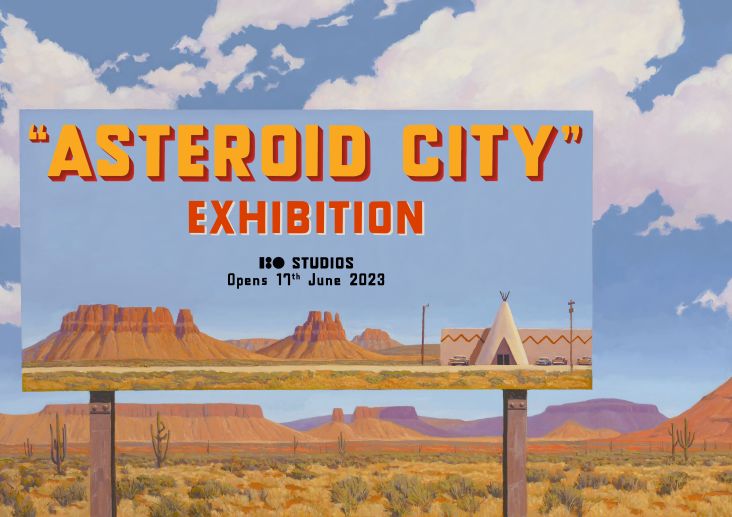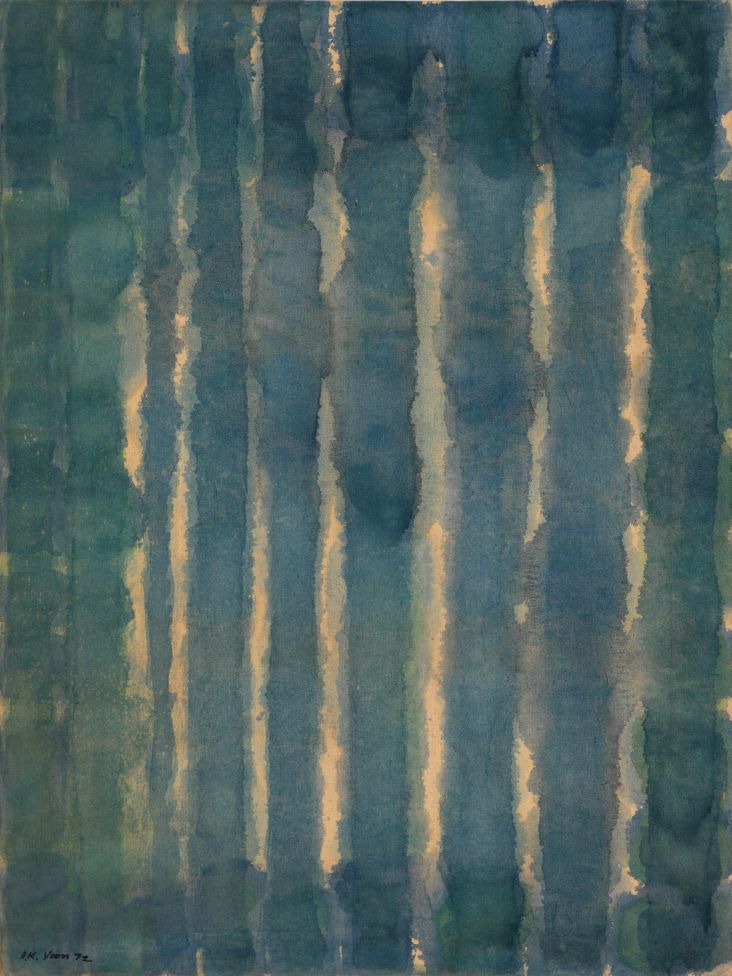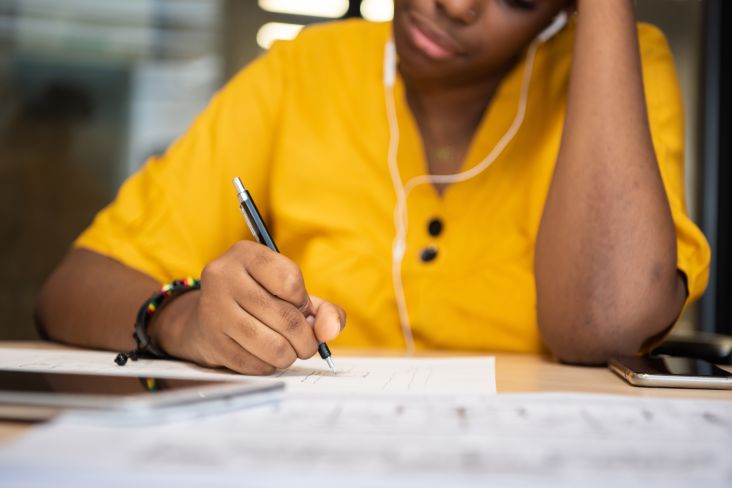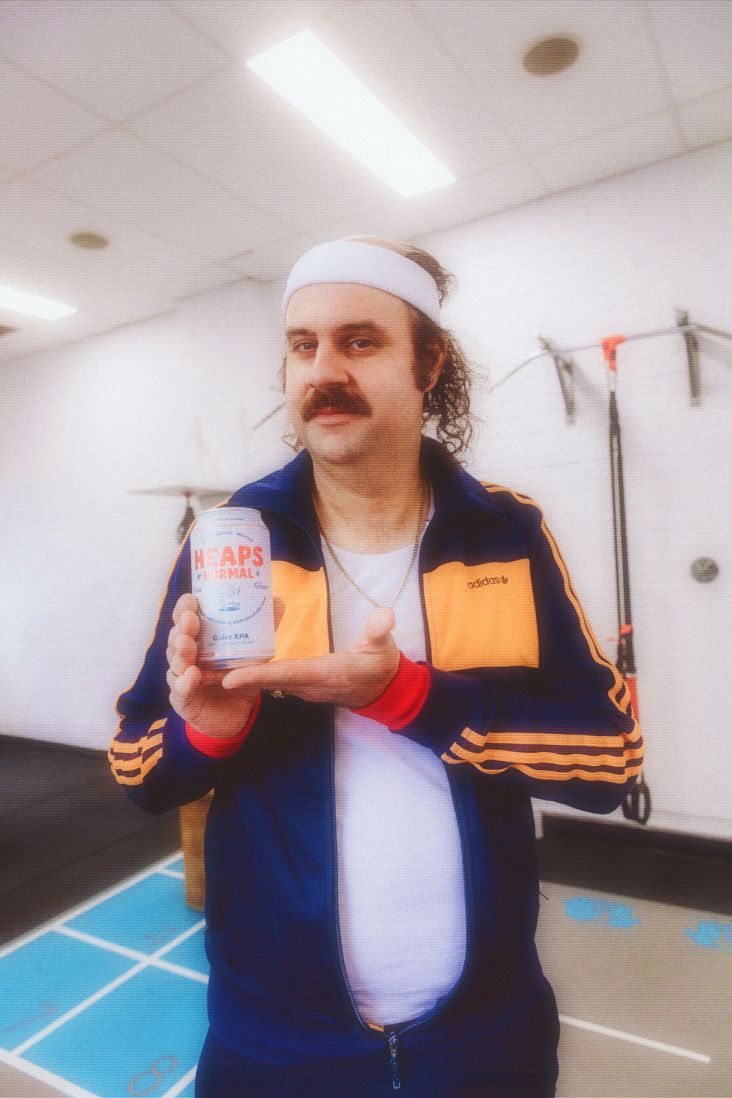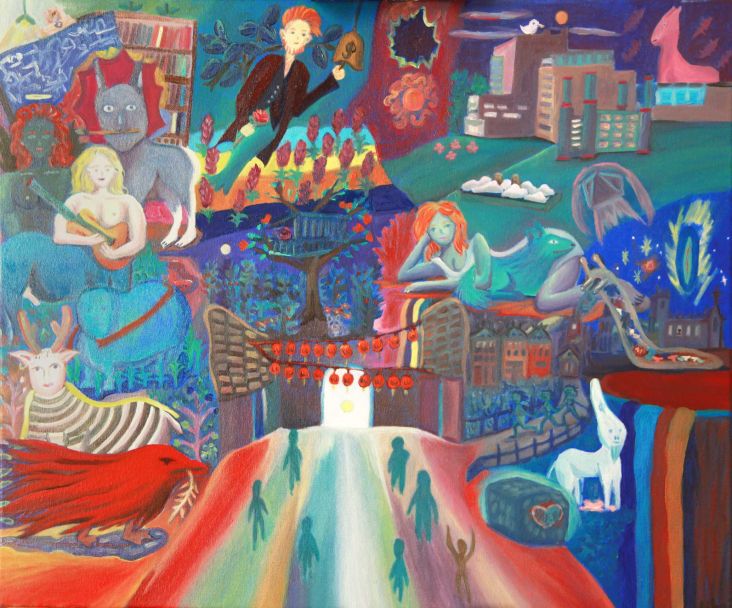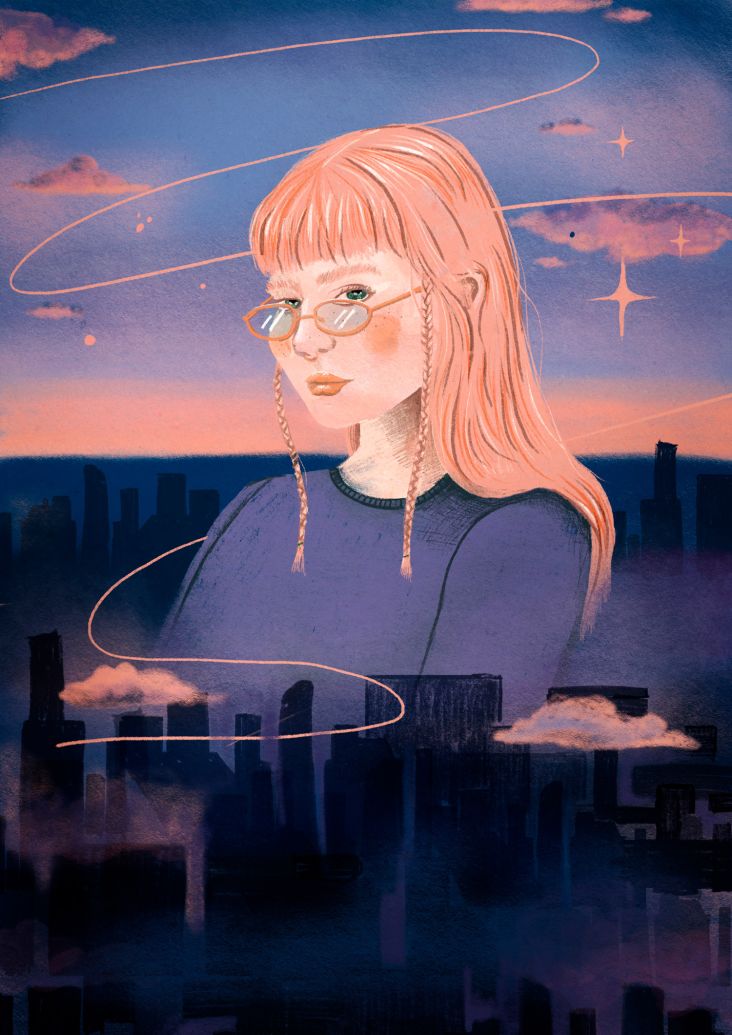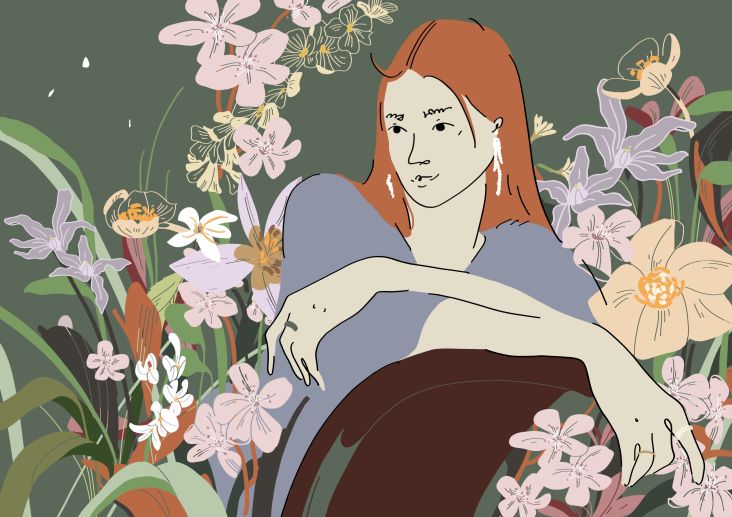Chinese legends and feminism collide in Wei Wu's dreamy illustrations
London-based illustrator Wei Wu draws on the rich history of her homeland and her experiences as an only child and a woman in her beautiful, symbolic artwork, which urges the viewer to tease out its meaning.
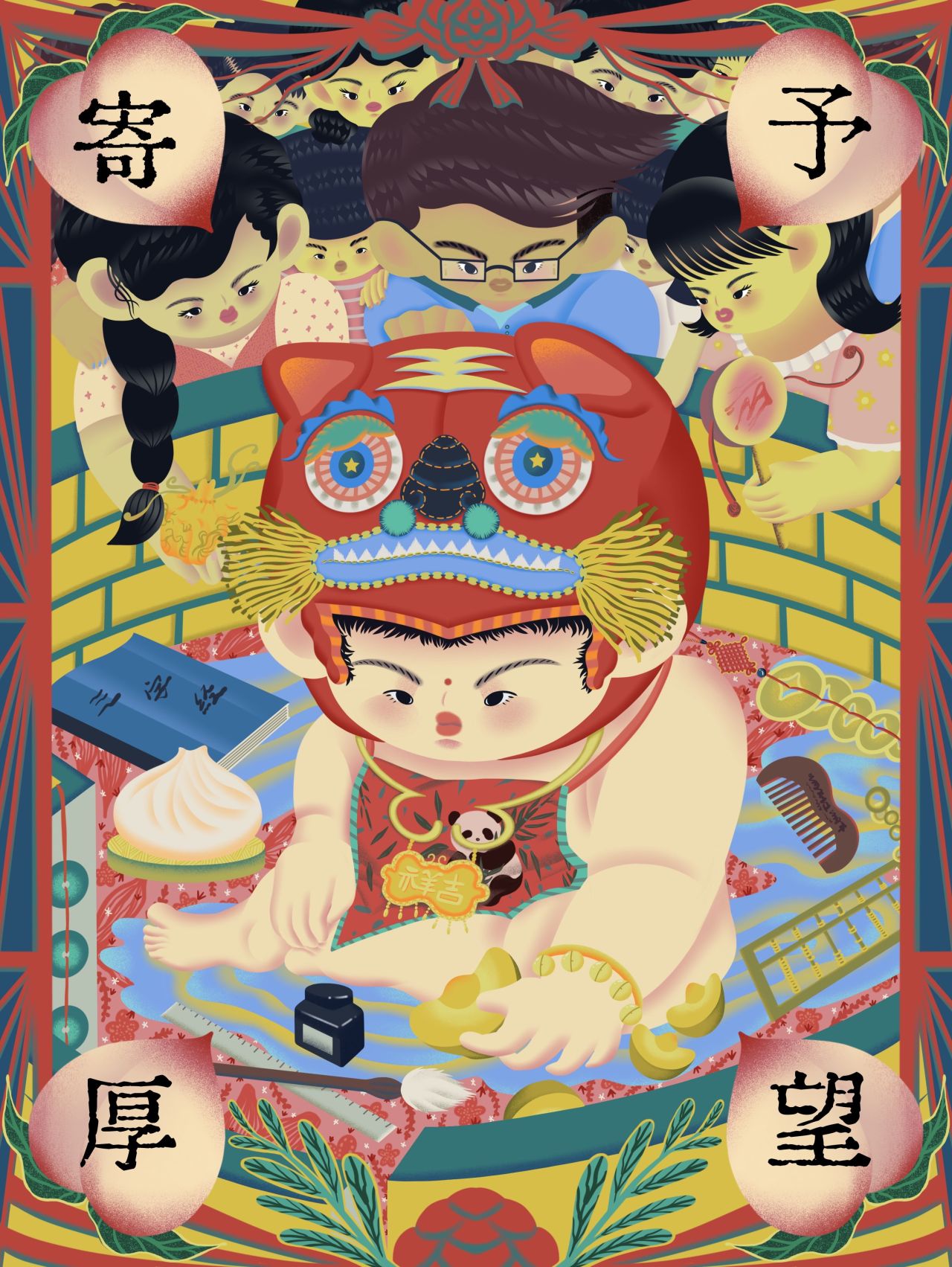
Originally from a small town in southern China, Wei Wu's illustrations have livened up everything from tea brands to magazine editorials and greeting cards. It's far removed from her childhood, where she spent time with her grandparents because her parents were often busy working.
"This is probably why I was an introverted and sensitive girl," Wei tells Creative Boom. But it was this living situation which began to shape her style. "I drew a lot at that time; it was the easiest way to beat the loneliness.
"At high school, when I was figuring out which career path suited me, I gradually realised that the only thing I was good at was painting. It was the only thing I stuck with, and it had healed my heart, so I figured: why not just keep doing it? And then I made my first serious adult decision, to go to an art university."
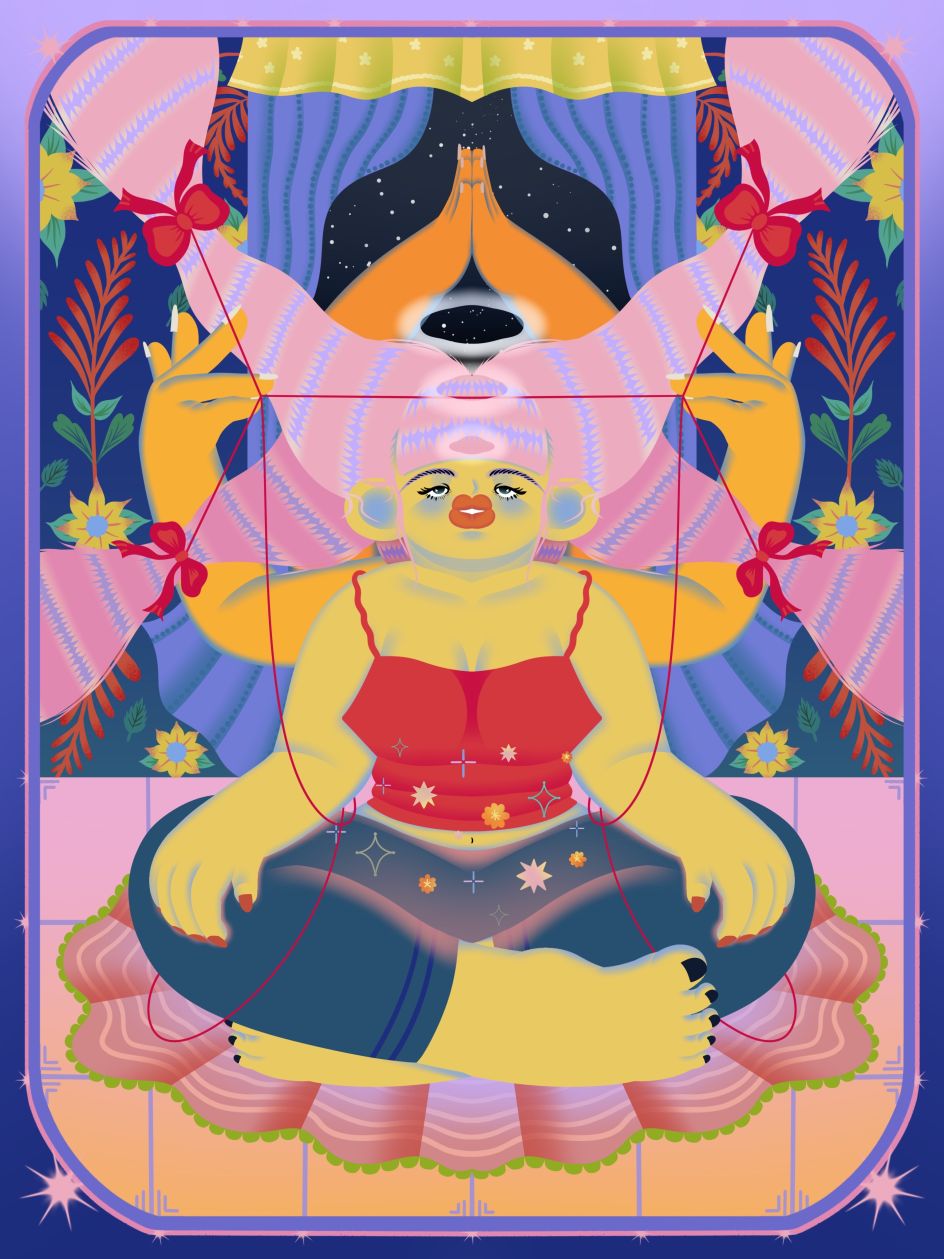
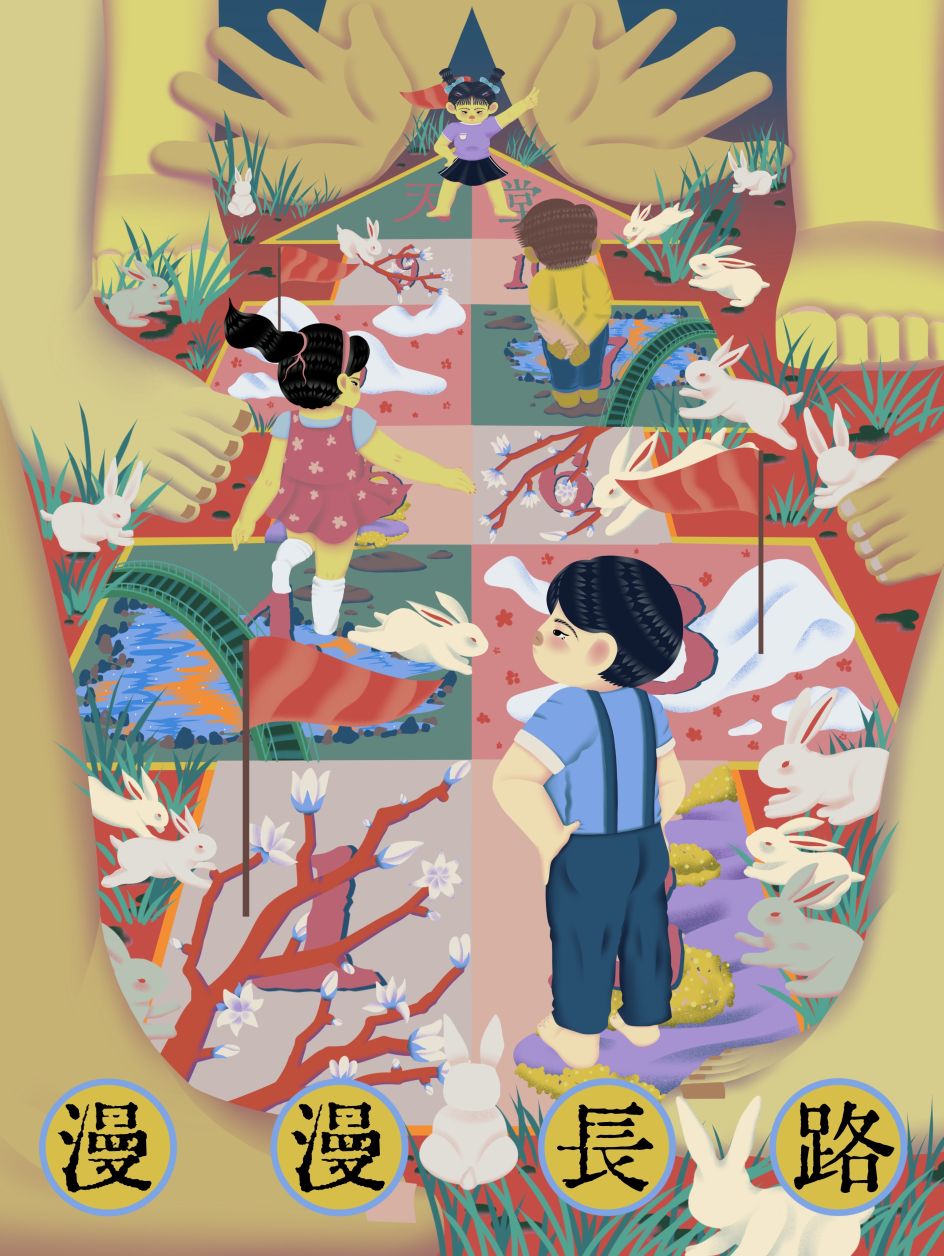
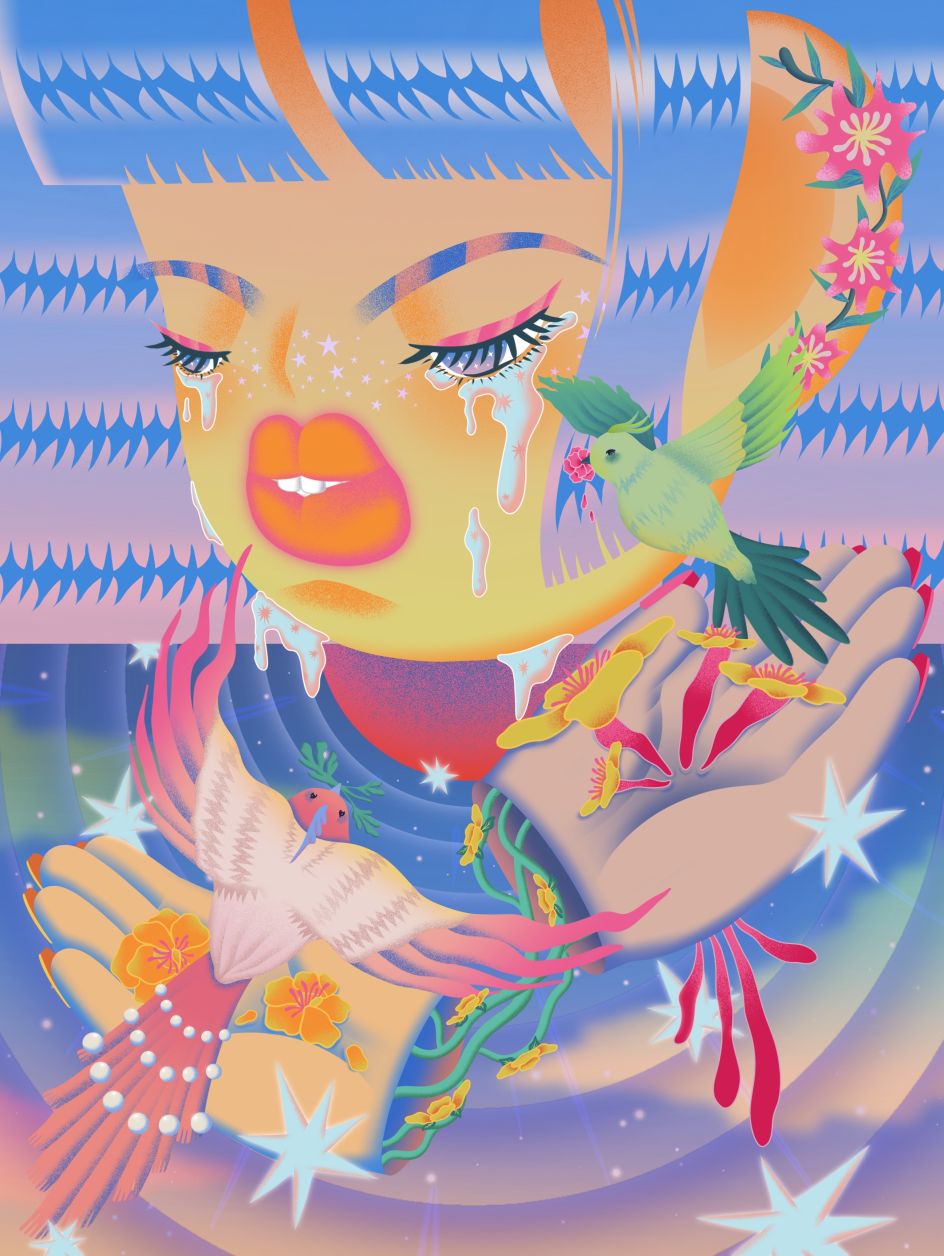
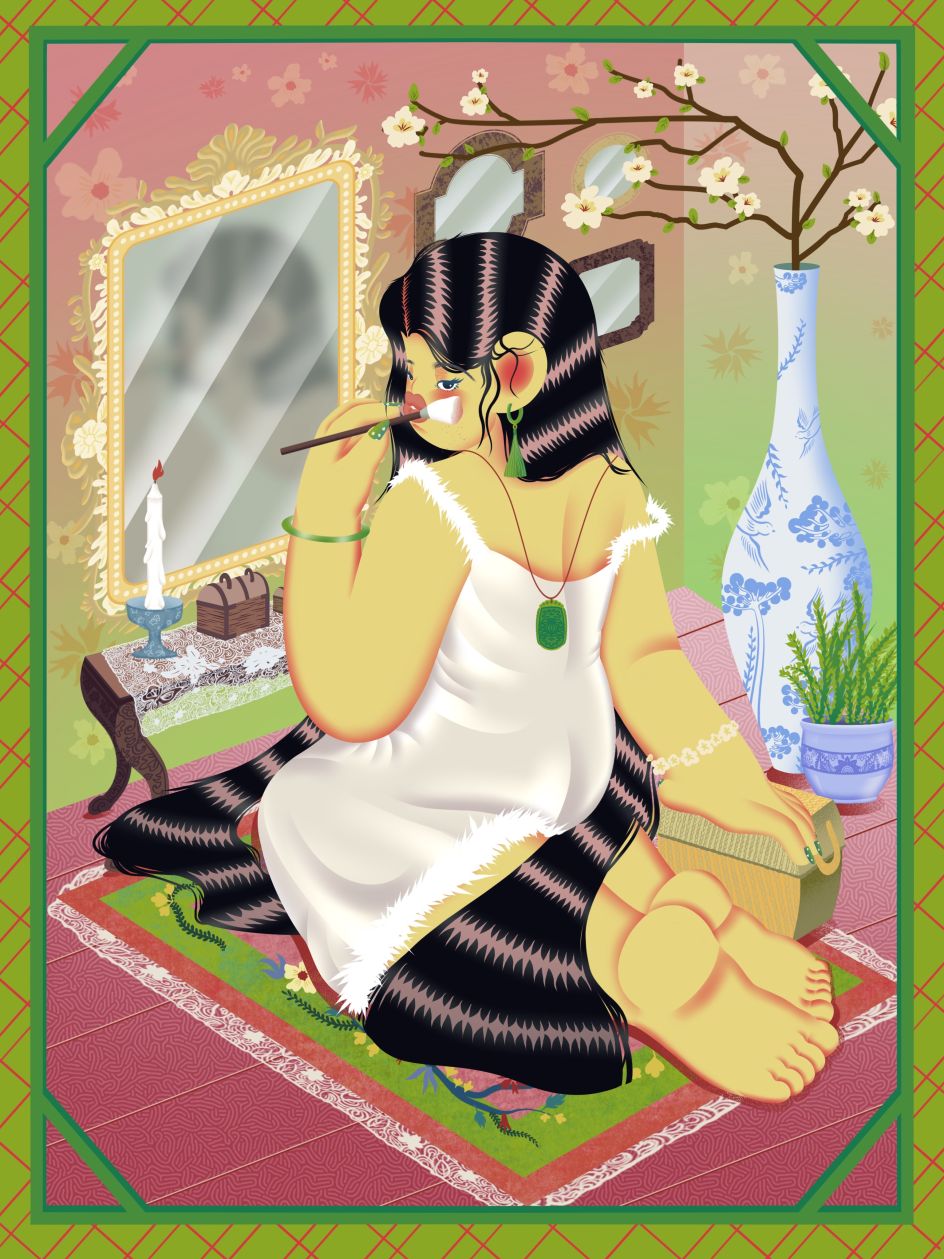
This decision would eventually see Wei move to the other side of the world and study an illustration and animation MA at Kingston University of Art. "I have always been ambitious," she explains. "Long before moving to London, I told myself: 'I have to do something different.' I think I belong in a city with great opportunities and possibilities.
"London not only boasts a vibrant arts scene, it also allows artists from all over the world to pursue their dreams. I believed that studying here could help me start my career path as an illustrator. And it did."
It was a move that clearly paid off. Wei has long wanted to create illustrations with a unique style that contains a "subtle balance of playful palettes", and now she can do exactly that. To begin with, though, her illustration was created for her own pleasure and was more personal and spontaneous.
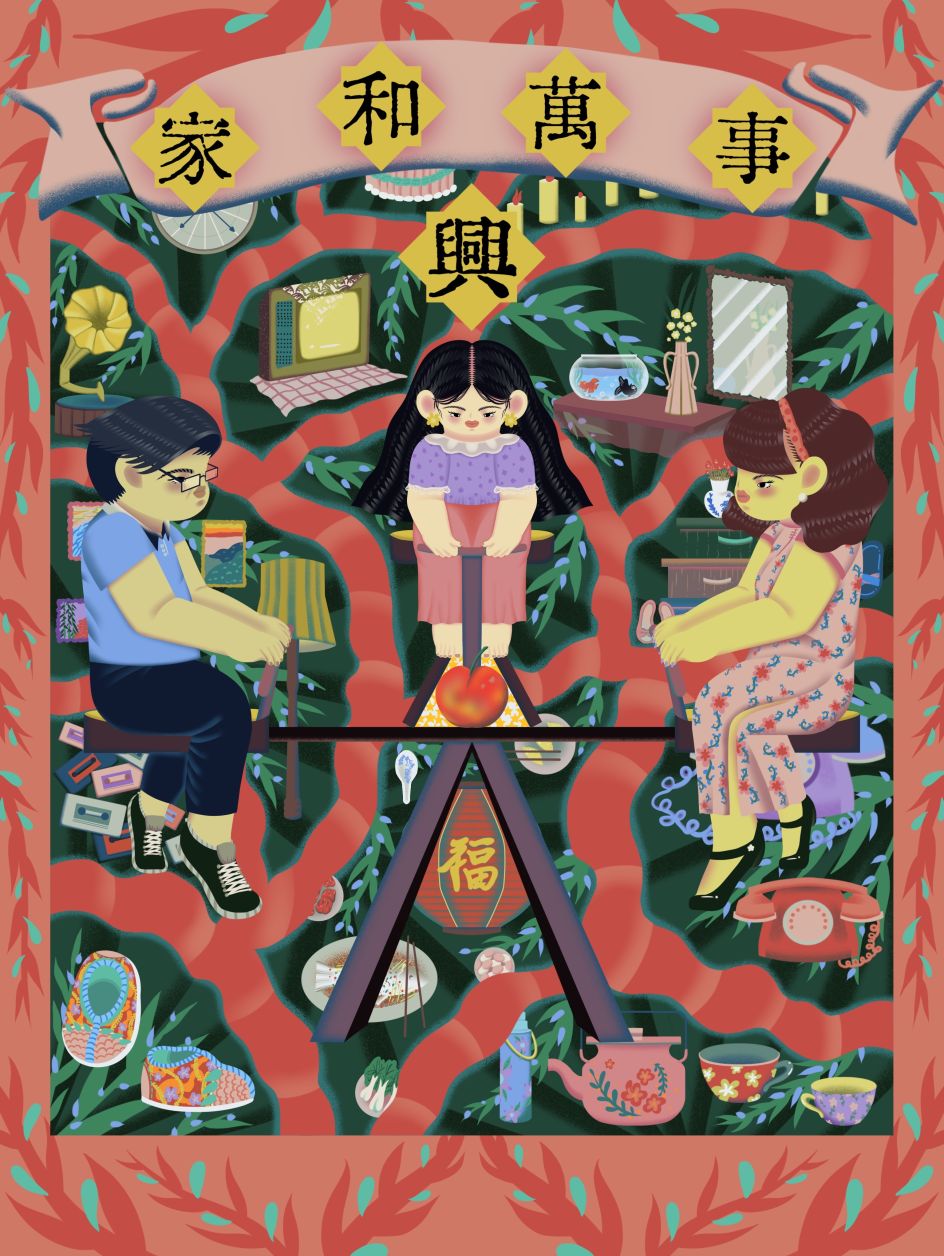
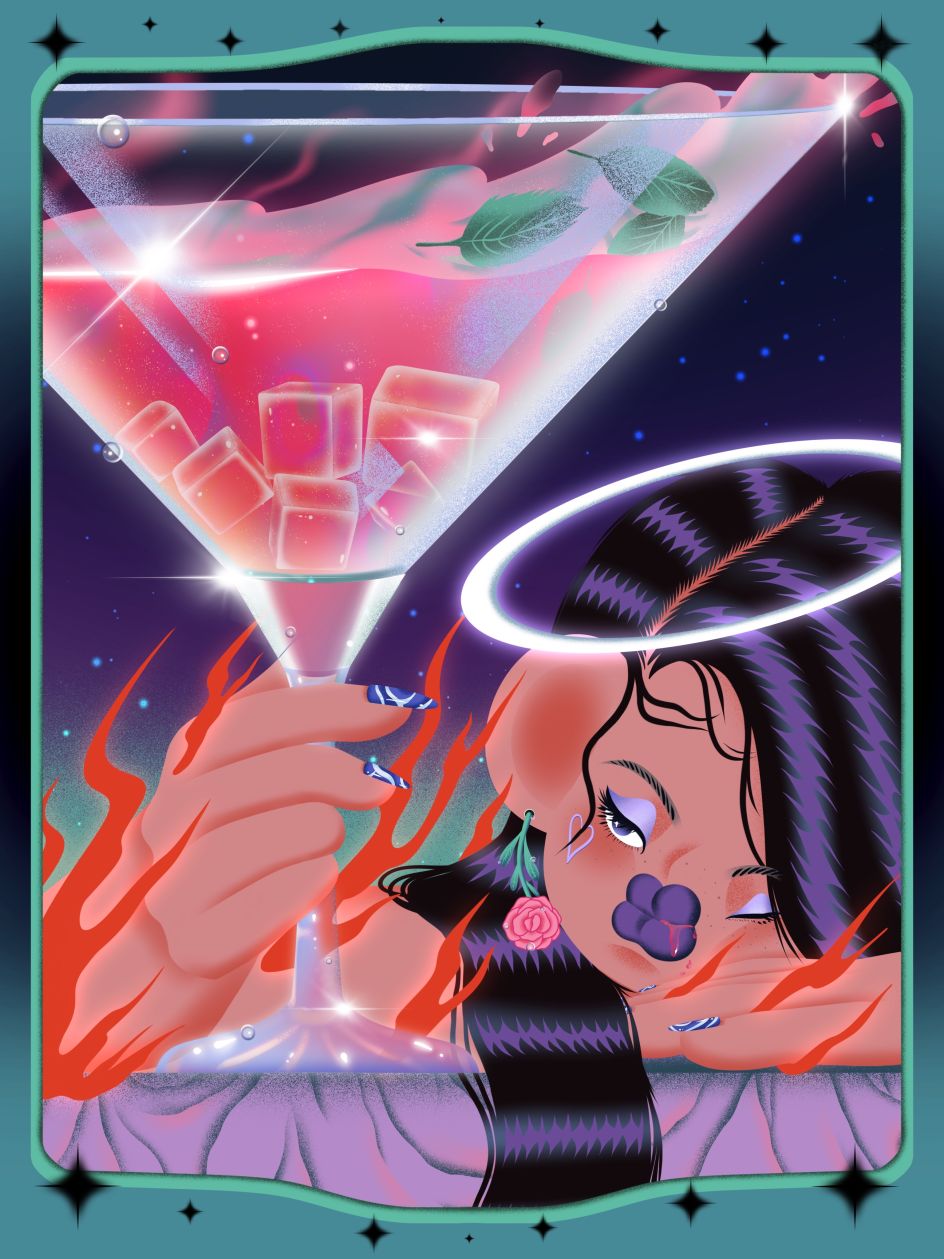
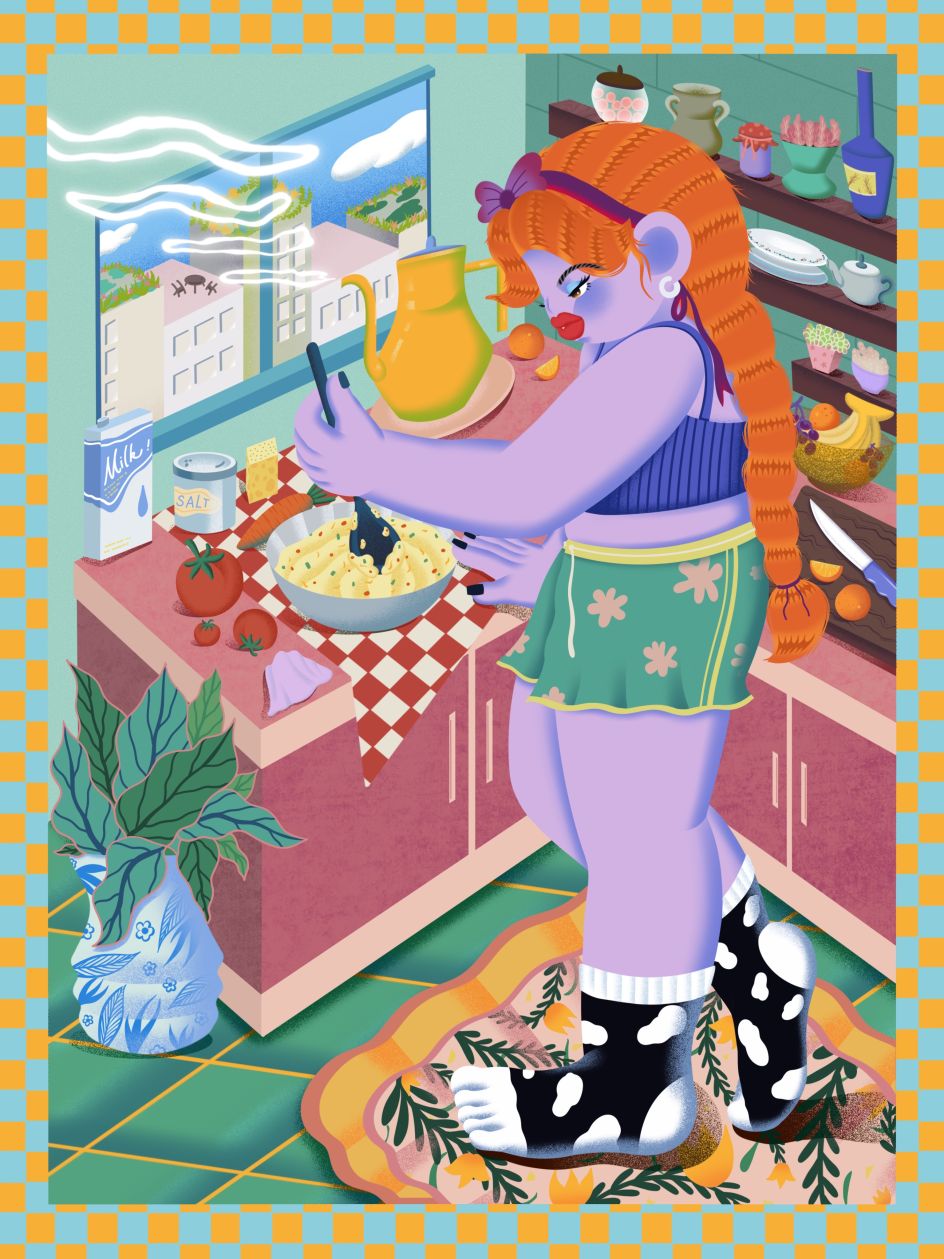
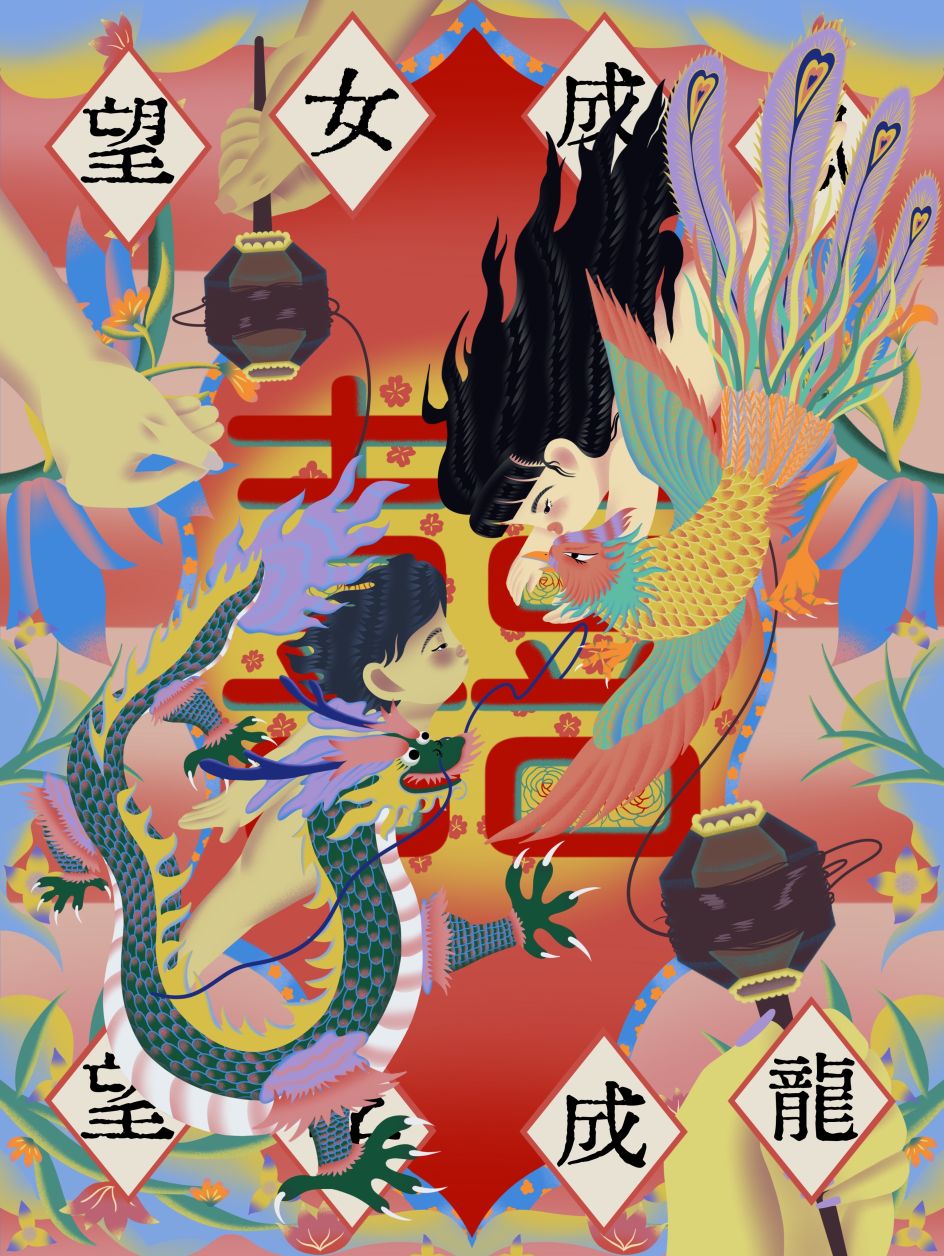
"As I grew older, I found treasure in real life, in people, and I realised that art could bring more to society," Wei reveals. "So, in the past few years, apart from displaying visual charm, I have turned the beautiful and dreamy colours in my images into symbolic and metaphorical elements. I want these to provoke more thinking and inspire more people thanks to the stories hidden behind the work."
Wei adds that she is particularly interested in the language of art and the relationships between different people as well as social phenomena. "I have dug deep into people's emotions, reactions, experiences, and behavioural patterns. I think my illustrations are like a reflection of how I developed as an artist and as an observer."
The history and culture of China are another source of inspiration for Wei's work. "I was born and raised in China, a country with thousands of years of rich history. This has allowed me to draw inspiration from its unique oriental aesthetics, such as ancient lands, mysterious totems and fantastic fauna. I believe these have helped me develop a distinctive illustration style."
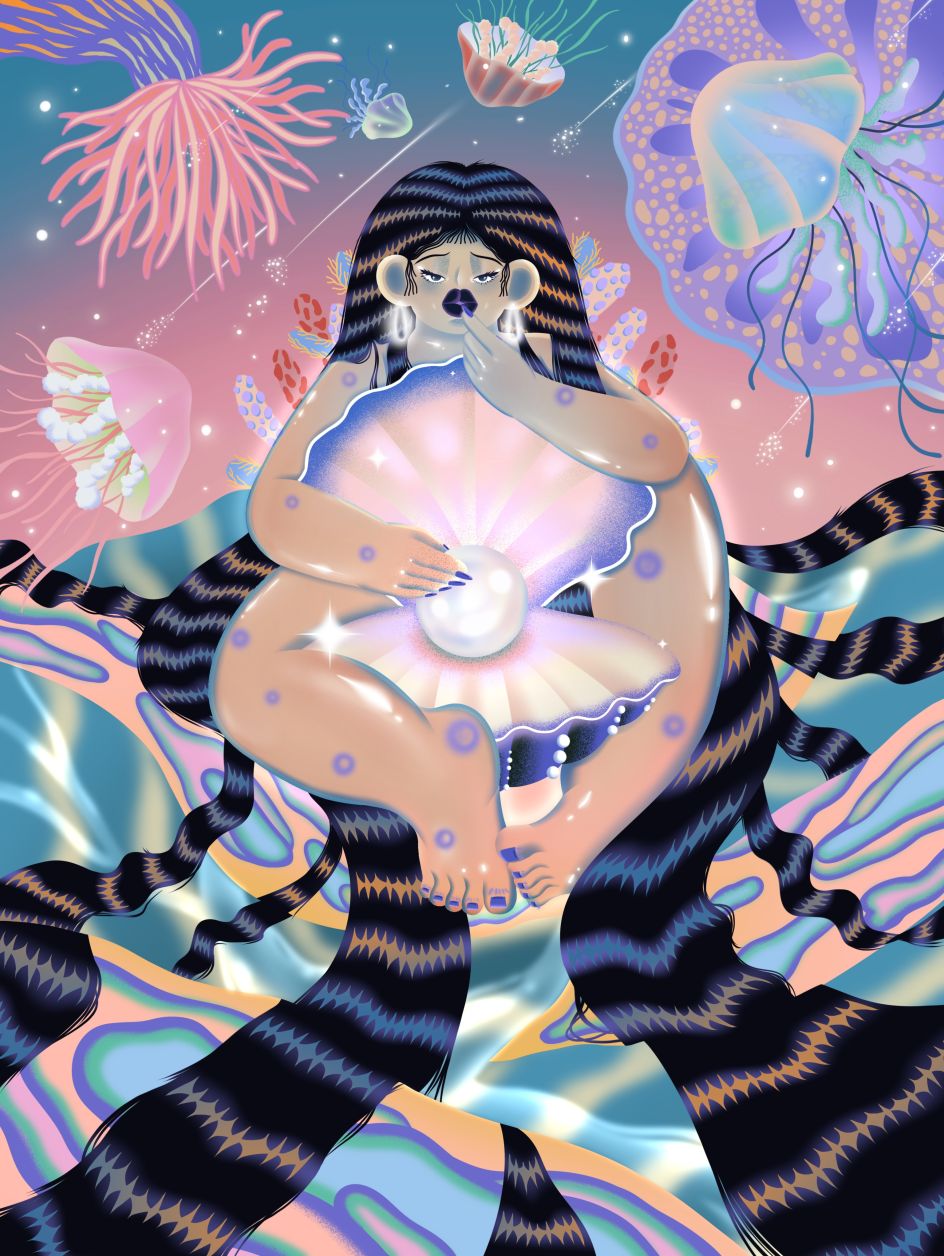
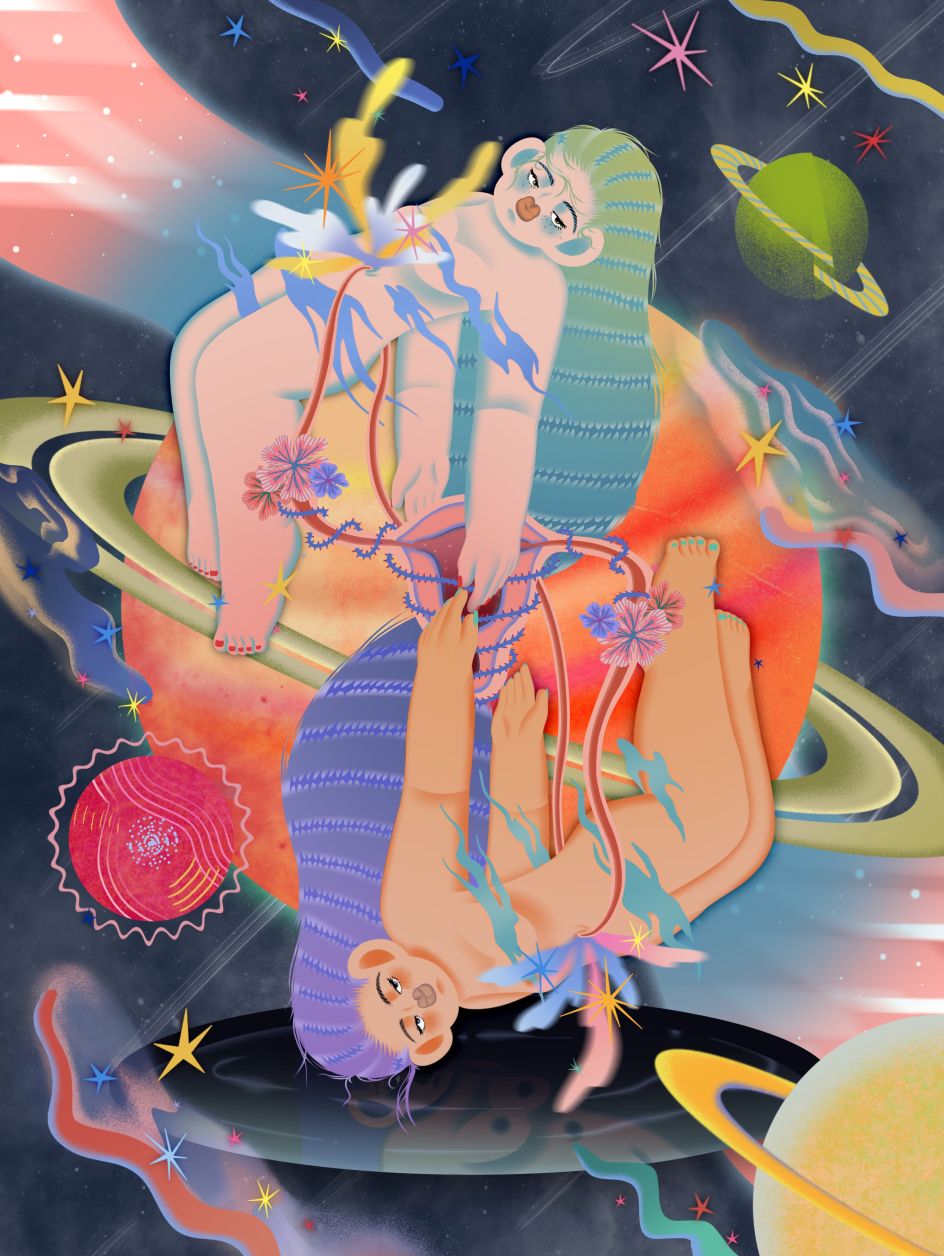
Amongst this, womanhood is another recurring element in Wei's work. "As a woman, I am proud of who I am," she says. "I always want to emphasise that in my paintings. The stories of different women give me strength and inspiration to create.
"At the same time, as a feminist, I yearn to draw the world's attention to the true but cruel facts that exist in women's lives. The world has ignored the voices of females. In my paintings, the more intense and beautiful the colours are, the crueller and more horrible the facts would be in real life.
"The female characters in these images are like a version of me living in parallel universes, fearlessly exploring this mysterious, dangerous and imaginative world. I can feel them. I speak for them. Through my art, I want to encourage more women to live bravely and freely."

In Wei's eyes, the best representation of her work to date is her graduation project, Being an Only Child. Completed over the course of five months, the meaningful work tells the story of China's culture and history, which Wei says is her responsibility as an Asian artist.
"Starting with my own life experience as the only child of the family, I investigated other people's stories, conducted interviews, and gathered opinions," she says. "I found that most of the interviewees shared similar traits, and we felt intense empathy with one another. I knew that this was the story of people like us and that it deserved to be seen and heard by others.
"In this work, I focused on the story of China's last generation of only children, from birth to adulthood, and presented the conflicting parent-child relationship implicitly by combining Chinese idioms and childhood games.
"Finally, stories of love and hurt, along with reflection on our culture and mapping of contemporary one-child families, came together in my work."







